بهترين روش برای مديريت پروژه مديريت فرآيندهای پروژه است. پس کافی است فرآيندهای پروژه را بشناسيم و بدانيم چه ورودی ها ابزارها و تکنيک ها و چه خروجی هايی دارند.مثلا برای مديريت يکپارچگی پروژه کافی است فرآيندهای مربوطه را بشناسيد. این فرآیند نتایج حاصل از فرآیندهای دیگر را برای کنترل و اجرای پروژه قابل استفاده می نماید.
ورودی های فرآیند تهیه برنامه پروژه:
- خروجی برنامه ریزی ها ی دیگر
خروجی های فرآیندهای برنامه ریزی دیگر ورودی فرآیند تهیه برنامه پروژه می باشند.
- اطلاعات گذشته
اطلاعات قابل دسترس گذشته مانند داده های تخمین زده گذشته، داده های ثبت شده حاصل از اجرای پروژه های مشابه قبلی.
- سیاست های سازمان
در هر پروژه ای باید تاثیر سیاست های مختلف سلزمان بر پروژه بررسی شود. تعدادی از این سیاست ها عبارتند از:
– سیاست های مدیریت کیفیت
– سیاست های مربوط به مدیریت امور کارکنان پروژه
– سیاست های کنترل مالی
- محدودیت ها
عواملی هستند که اختیارات تیم پروژه را محدود می نمایند. وقتی پروژه ای بر طبق قرارداد اجرا می شود، ملاحظات مربوط به قرارداد محدودیت های پروژه تلقی می شوند. مانند بودجه ای که از قبل تعیین شده است.
- فرضیات
عواملی هستند که برای اجرای اهداف پروژه مورد توجه قرار می گیرند و کاملا صحیح، واقعی و قطعی در نظر گرفته می شوند. برای مثال گرچه در دسترس بودن یک فرد درگیر در پروژه غیر قطعی می باشد اما قطعی فرض می شود.
|
فرآیندهای مدیریت یکپارجگی پروژه |
||
| تهیه برنامه پروژه | اجرای برنامه پروژه | کنترل کلی تغییرات |
| ورودی ها | ورودی ها | ورودی ها |
| ابزارها و تکنیک ها | ابزارها و تکنیک ها | ابزارها و تکنیک ها |
| خروجی ها | خروجی ها | خروجی ها |
Project Management Life Cycle
The MPMM™ Project Management Life Cycle comprises four phases…
Initiation involves starting up the project, by documenting a business case, feasibility study, terms of reference, appointing the team and setting up a Project Office.
Planning involves setting out the roadmap for the project by creating the following plans: project plan, resource plan, financial plan, quality plan, acceptance plan and communications plan.
Execution involves building the deliverables and controlling the project delivery, scope, costs, quality, risks and issues.
Closure involves winding-down the project by releasing staff, handing over deliverables to the customer and completing a post implementation review.
A more detailed description of the MPMM Project Management Methodology and Life Cycle follows:

Project Initiation
Project Initiation is the first phase in the Project Life Cycle and essentially involves starting up the project. You initiate a project by defining its purpose and scope, the justification for initiating it and the solution to be implemented. You will also need to recruit a suitably skilled project team, set up a Project Office and perform an end of Phase Review. The Project Initiation phase involves the following six key steps:

Project Planning
After defining the project and appointing the project team, you’re ready to enter the detailed Project Planning phase. This involves creating a suite of planning documents to help guide the team throughout the project delivery. The Planning Phase involves completing the following 10 key steps:

Project Execution
With a clear definition of the project and a suite of detailed project plans, you are now ready to enter the Execution phase of the project.
This is the phase in which the deliverables are physically built and presented to the customer for acceptance.
While each deliverable is being constructed, a suite of management processes are undertaken to monitor and control the deliverables being output by the project.
These processes include managing time, cost, quality, change, risks, issues, suppliers, customers and communication.
Once all the deliverables have been produced and the customer has accepted the final solution, the project is ready for closure.

Project Closure
Project Closure involves releasing the final deliverables to the customer, handing over project documentation to the business, terminating supplier contracts, releasing project resources and communicating project closure to all stakeholders. The last remaining step is to undertake a Post Implementation Review to identify the level of project success and note any lessons learned for future projects.

MPMM is based on best practice…
More than 45,000 people in 50 different countries currently use the MPMM Project Life Cycle to deliver projects. MPMM project management methodologies are based on the best practice industry standards for project management: PMBOK® and Prince2®.

So if you want to download a complete Project Management Life Cycle for your project, then select your MPMM Edition below…
| Professional Edition | |
| Standard Edition | |
| Educational Edition |








